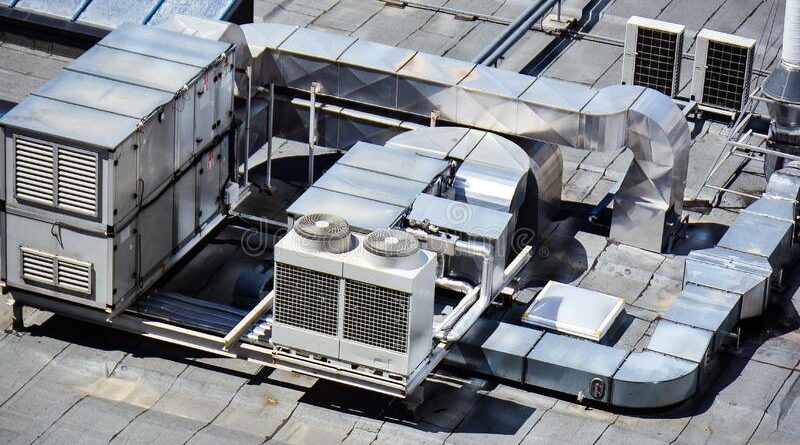A Building Cooling System that is Better than District Cooling
Need an alternative to district cooling for large buildings and industrial plants?
While district cooling plants have the ability to regulate the temperature in large buildings, they also come with a few downsides. These can include a hefty initial investment, pricey maintenance fees, and cost-prohibitive operational expenses.
So, is there a better option for district cooling? Building owners should consider a cooling system with a Cooling as a Service (CaaS) approach.
Now is the time to use Cooling as a Service
In the past few years, a newer method of cooling called Cooling as a Service (CaaS) has become available. CaaS provider uses a chilled water system as a building cooling system, which is more efficient than older methods and uses less energy overall.
Why should building owners opt for a solution like CaaS when they may utilise other centralised cooling options?
It’s more efficient, which helps to lower a building’s energy consumption. Also, CaaS providers build and operate chilled water systems for property owners. As a result, building owners only have to pay for cooling on a pay-as-you-use basis because CaaS providers are responsible for maintaining and operating the chillers. In other words, rather than district cooling, CaaS is more adaptable and cost-effective for building owners.
Which buildings are well-suited for Cooling as a Service?
CaaS is an excellent choice for any buildings that need extensive cooled, such as office buildings, shopping malls, hotels and data centers. CaaS providers use a chilled water system which has been demonstrated to be one of the best building cooling systems for medium to large facilities.
What are the benefits of Cooling as a Service when district cooling is already an option?
There are several advantages to choosing CaaS to cool a building rather than a traditional centralised cooling system or district cooling model. They include lower initial expenditures, less maintenance spending, and more predictable operational costs.
An attractive quality of CaaS is that it helps customers avoid expensive upfront fees usually associated with building a district cooling plant or signing a contract for district cooling. This is possible because, typically, CaaS providers build and operate chilled water plants for their clients while all the client pays for is the cooling service—similar to how they would pay electricity or water bills. Consequently, this business model appeals to those who don’t have the capital to join a district cooling agreement.
The CaaS model also helps building owners lower their maintenance expenses because it is included in the price charged by providers. This could prevent building owners from having to pay for the repairs and maintenance often found in district cooling contracts.
Finally, the CaaS providers can help customers better predict and manage their operational expenditures. Clients can budget for their cooling expenses using data from CaaS providers, allowing them to anticipate these costs more than traditional centralised cooling systems.
CaaS may be a better alternative than district cooling if you’re undecided about which path to take for a building cooling system. CaaS is more cost-effective than traditional methods of big building cooling, and it doesn’t require any investment in plant infrastructures. Clients also benefit from lower maintenance costs and a greater ability to predict operational spending when they pick CaaS over conventional methods of large building cooling.




